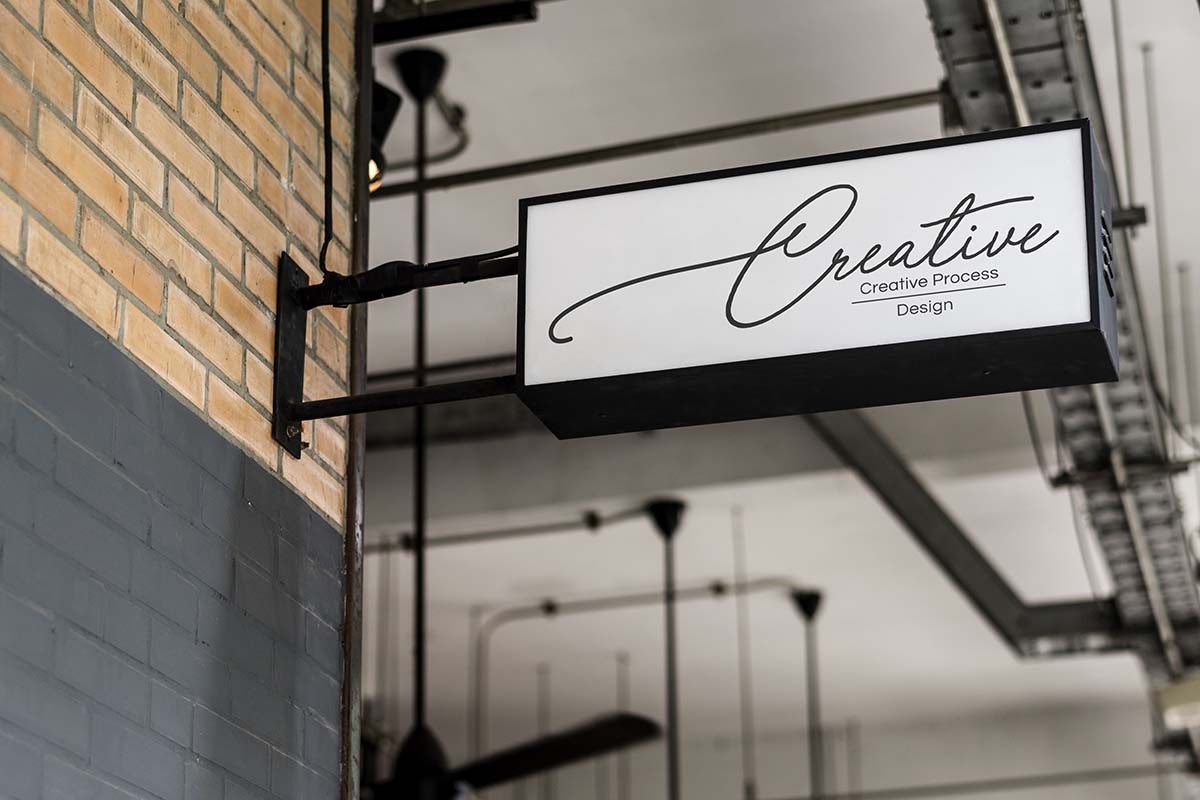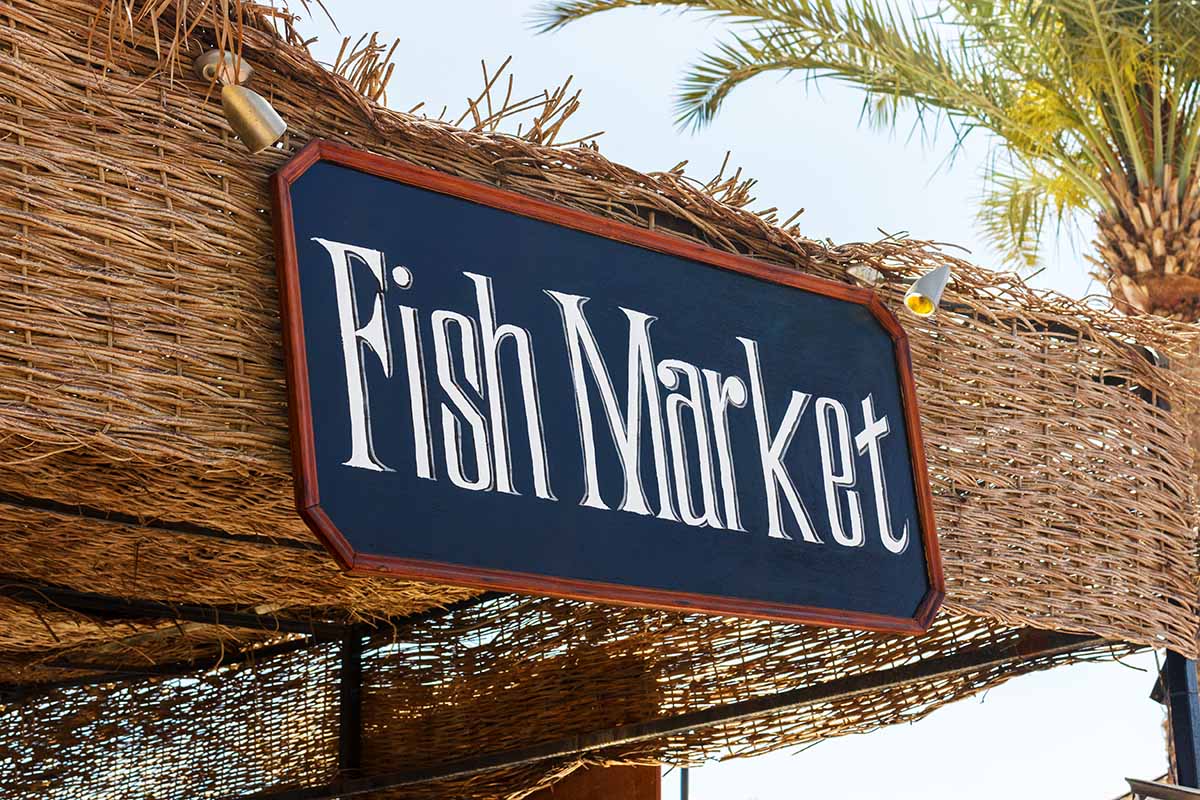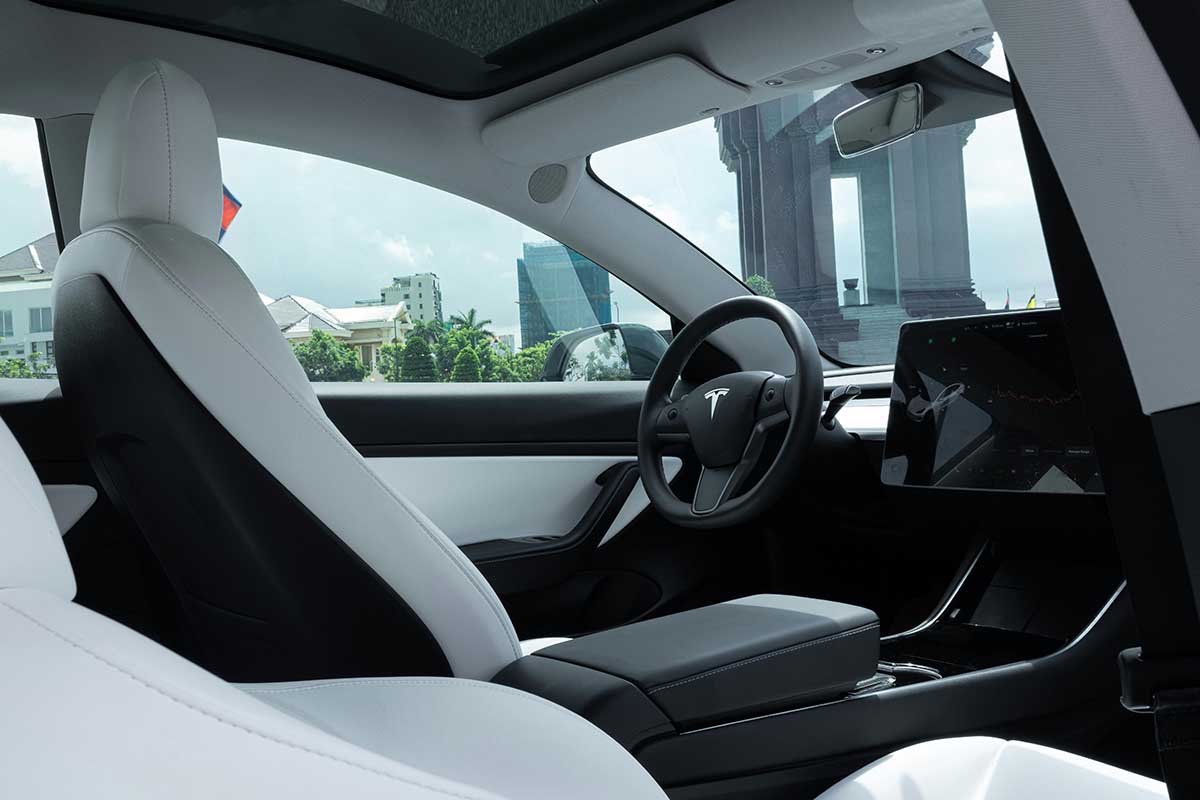The Right Custom Retail Sign for Business
Grabbing potential customers’ attention is essential for success in the competitive retail world. One effective way to do this is through custom retail signage. A well-designed and strategically placed sign can communicate your brand’s identity, attract foot traffic, and drive sales.
However, with countless options available, choosing the right custom retail sign for your business can be a daunting task. In this article, we will guide you through selecting the perfect sign to make your business stand out.
Understanding the Importance of Retail Signage
Before diving into the selection process, it’s crucial to understand why retail signage is so important. Retail signs serve several essential functions:
- Branding: Your sign is often the first thing customers notice about your business. It should reflect your brand’s personality and values, creating a lasting impression.
- Visibility: Signs can be a powerful tool for attracting foot traffic. A well-placed sign can attract potential customers who might otherwise pass by.
- Information: Signs convey essential information about your products, services, and promotions. They guide customers to the right place and help them make informed decisions.
- Aesthetics: An attractive sign can enhance the overall ambiance of your store or business space, making it more appealing to customers.
Now that we’ve established the importance of retail signage let’s explore the steps to choosing the right custom sign for your business.
Step 1: Define Your Goals and Budget
Every decision about your custom retail sign should begin with clearly understanding your goals and budget. Consider the following questions:
- What is the primary purpose of your sign? Is it to attract foot traffic, promote specific products, or create brand awareness?
- How much can you allocate to your signage budget? Remember that quality signage is an investment that can yield significant returns.
Once you clearly understand your goals and budget, you can move on to the next steps with a focused approach.
Step 2: Know Your Options
There is a wide range of custom retail sign options available, each with its own advantages and drawbacks. Some common types of retail signs include:
- Exterior Signs: These signs are placed outside your business and designed to attract passersby attention. Examples include storefront signs, pole signs, and monument signs.
- Interior Signs: These signs are placed inside your business and serve various purposes, such as wayfinding, product displays, and promotions. Examples include wall graphics, floor decals, and hanging signs.
- Digital Signs: These modern signs use digital displays to showcase dynamic content. They are highly customizable and can be used for promotions, menus, and interactive experiences.
- Channel Letter Signs: These 3D signs are often used for storefronts and provide a bold and distinctive look. They are available in various materials and lighting options.
- Neon Signs: Classic neon signs create a nostalgic and eye-catching effect. They are great for adding a retro touch to your business.
- Banners and Flags: Temporary or portable options, banners, and flags are ideal for events, sales promotions, or seasonal advertising.
Understanding the different types of signs will help you choose the one that best aligns with your goals and budget.
Step 3: Consider Location and Placement
The location and placement of your custom retail sign are critical factors in its effectiveness. Think about the following:
- Visibility: Ensure your sign is easily visible from a distance and from different angles. Consider the height, size, and line of sight from the road or sidewalk.
- Local Regulations: Check local zoning and signage regulations to ensure compliance. Some areas have restrictions on sign size, lighting, and placement.
- Complementing Your Space: Your sign should complement your business’s architectural style and overall aesthetics. It should blend seamlessly with your branding.
- Illumination: If your business operates during evening hours, consider illuminated signs for enhanced visibility.
Step 4: Design and Branding
The design of your custom retail sign plays a pivotal role in attracting and engaging customers. Keep these design principles in mind:
- Consistency: Ensure that your sign design is consistent with your overall branding, including color schemes, fonts, and logos.
- Legibility: Use clear and easy-to-read fonts, especially for any text elements. Make sure the text can be seen from a distance.
- Imagery: Incorporate images or graphics that represent your products or services. High-quality visuals can captivate potential customers.
- Simplicity: Avoid clutter and keep the message concise. A cluttered sign can overwhelm viewers.
- Durability: Choose materials and finishes that are durable and weather-resistant, especially for outdoor signs.
Consider working with a graphic designer or signage expert to create a sign that effectively communicates your brand’s message and values.
Step 5: Choose Materials and Lighting
The choice of materials and lighting for your custom retail sign can significantly impact its longevity and visibility. Here are some considerations:
- Materials: Common sign materials include wood, metal, acrylic, PVC, and foam board. The material you choose should align with your budget and desired aesthetics.
- Lighting: Illuminated signs, whether using LED, neon, or other lighting options, can make your business stand out at night. They are especially effective for businesses open after dark.
- Maintenance: Consider the maintenance requirements of your chosen materials and lighting. Some signs may require regular cleaning or bulb replacement.
Step 6: Select a Reputable Signage Provider
Choosing the right custom retail sign provider is crucial to ensure the quality and success of your sign. Research and consider the following when selecting a provider:
- Experience: Look for a provider with a proven track record in creating high-quality custom signs.
- Portfolio: Review their portfolio to see examples of their previous work and assess their design and craftsmanship.
- References: Ask for references or read customer reviews to gauge the satisfaction of past clients.
- Capabilities: Ensure the provider can meet your specific needs in terms of design, materials, and installation.
- Cost and Timeline: Request a detailed quote and timeline for the project to align with your budget and deadlines.
Step 7: Plan for Installation
Installing your custom retail sign is the final piece of the puzzle. Work with your chosen provider to plan the installation process, including obtaining any necessary permits and ensuring safe and secure mounting.
Custom Retail Sign: Summary
Choosing the right custom retail sign for your business is a strategic decision that can have a significant impact on your brand’s visibility and success. By defining your goals, knowing your options, considering location and placement, focusing on design and branding, selecting materials and lighting, choosing a reputable provider, and planning for installation, you can navigate the process with confidence and create a sign that effectively communicates your brand’s identity and attracts customers to your business. Remember that your sign is not just a piece of decoration; it’s a powerful tool for driving foot traffic and increasing sales.
Working With Signmakers
Ready to elevate your business with a custom retail sign that truly stands out? Don’t wait any longer. Contact our experienced team of signmakers today, and let’s turn your vision into reality. Whether you’re looking for a striking storefront sign, eye-catching interior displays, or innovative digital signage solutions, we’ve got you covered. Your success starts with the right sign – reach out to us now, and let’s make your business shine!




















